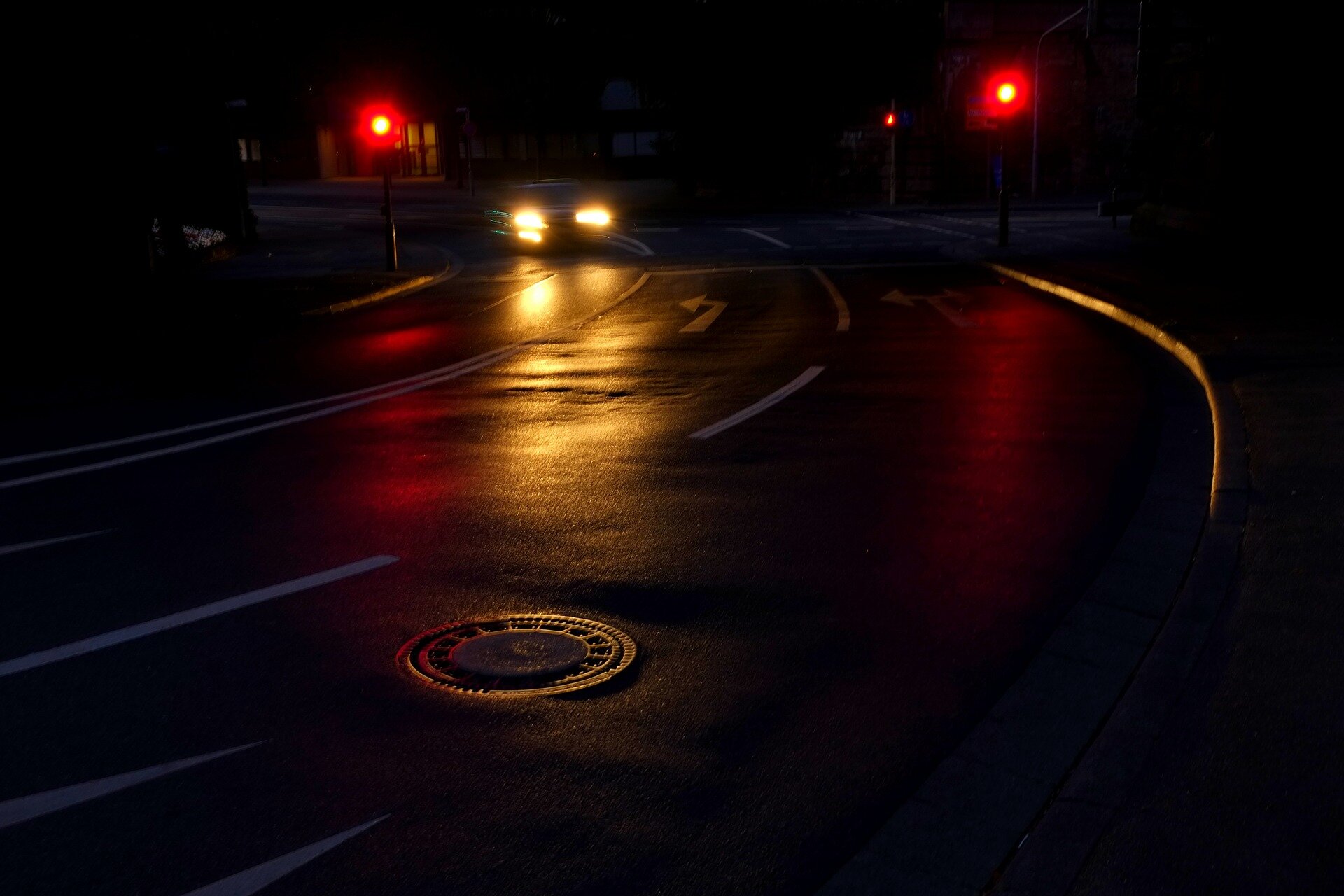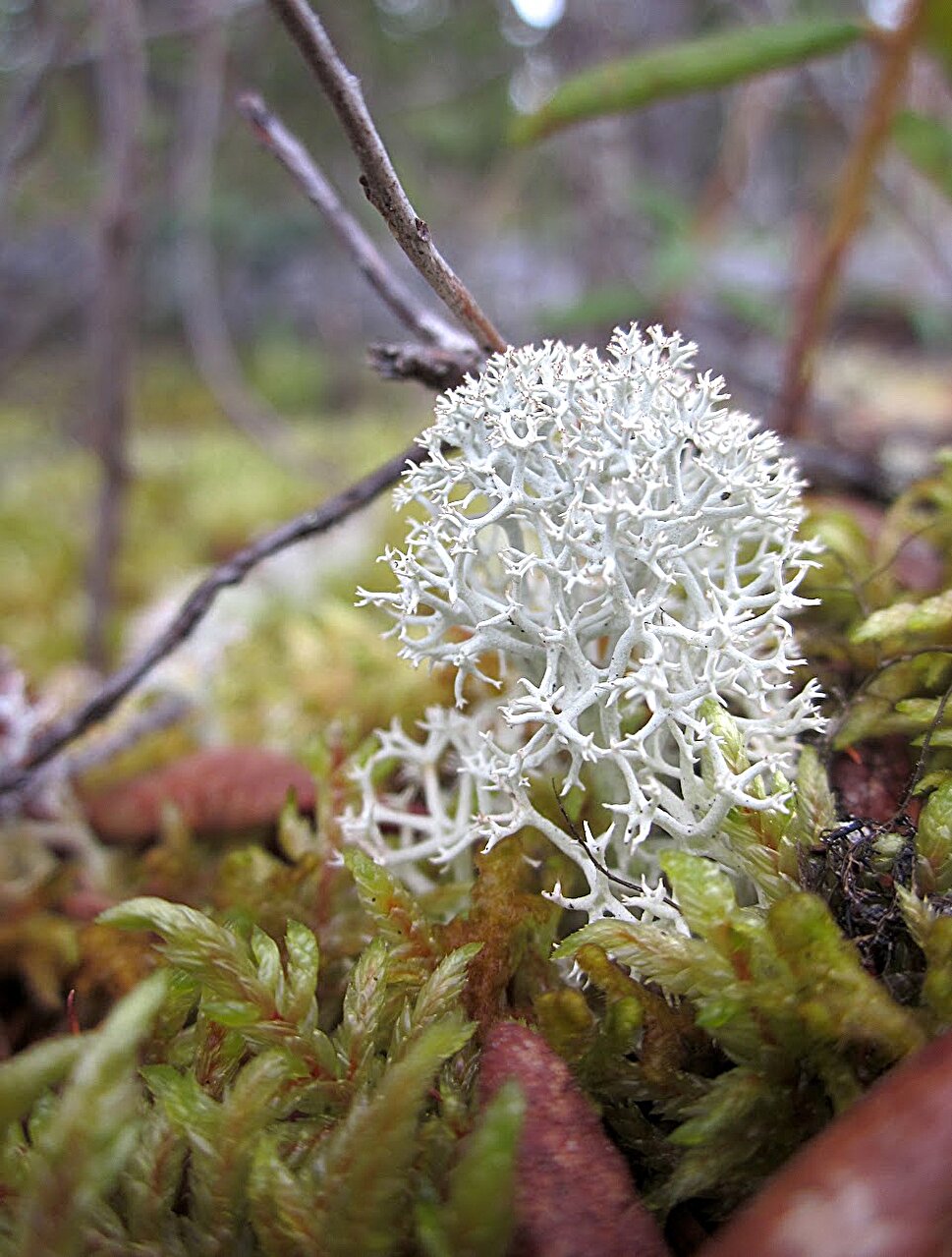#Scientists solve long-standing mystery by a whisker

“#Scientists solve long-standing mystery by a whisker”

When we step on the car brake upon seeing a red traffic light ahead, a sequence of events unfolds in the brain at lightning speed.
The image of the traffic light is transferred from our eyes to the visual cortex, which, in turn, communicates to the premotor cortex—a section of the brain involved in preparing and executing limb movements. A signal is then sent to our foot to step on the brake. However, brain region that helps the body go from “seeing” to “stepping” is still a mystery, frustrating neuroscientists and psychologists.
To unpack this “black box,” a team of neuroscientists at the University of California, Riverside, has experimented on mice to identify the brain region that functions beyond sensory encoding and motor encoding, potentially opening up new directions to studying the cellular and circuit mechanisms of sensory-motor transformations. The researchers report a cortical region traditionally defined as whisker motor cortex in mice is most directly related to the transformation process.
In the lab, the researchers trained mice to sense a slight deflection on one side of their whiskers, and report if they sensed it by licking a water port.
“We recorded the neuronal activity of some brain regions that might convey this sensory-motor transformation by using the ‘language of neurons’—the electrical signals—generated as the mouse performs the task of stimulus detection,” said Zhaoran Zhang, a graduate student in the Neuroscience Graduate Program and a co-first author of the research paper published in eNeuro, an open-access journal of the Society of Neuroscience.
Behzad Zareian, a graduate student in the Department of Psychology and a co-first author of the research paper, explained the team used simple but intuitive mathematical tools to transform the neurons’ electrical activities to numbers that describe how much the neurons sense the sensory input, how much they reflect the upcoming movement outputs, and how well they predict whether the sensory information can be successfully transformed to a correct behavior.
“We located a brain region traditionally defined as the whisker motor cortex, which was previously believed to influence how a mouse moves its whiskers,” Zareian said, “We found this cortical region is capable of transforming the sensory input from whisker deflection to a more general movement action—licking in this case—rather than just moving whiskers.”
Corresponding author Edward Zagha, an assistant professor of psychology and the team’s principle investigator, explained that one difficulty in finding brain regions operating the sensory-motor transformation is that although scientists can measure the sensory- and motor-related brain activities easily in the lab, the inner process that conducts the sensory-motor transformation in the brain is elusive and hard to quantify.
“Our brain represents sensory and motor information in more than one place and often in a redundant manner for multiple purposes such as fine-tuning future movements, enhancing perception or memory storage,” Zagha said. “Thus, scientists are now able to distinguish the location of transformation and the regions that merely reflect the sensory or motor information for other purposes. This can vastly improve the use of targeted therapy for patients with sensory- and motor-related brain deficits.”
Next, the team plans to focus its research on whisker motor cortex to show what happens within this region to enable the transformation process.
“Interestingly, each cortical region consists of multiple layers and multiple subtype of neurons such as excitatory and inhibitory neurons that are subject to research,” Zagha said. “Thus, this expands our knowledge of the neurobiological circuits performing sensory-motor transformations and identifies sites of potential therapeutic intervention to modulate these brain functions.”
The research paper is titled “Cortical Localization of the Sensory-Motor Transformation in a Whisker Detection Task in Mice.”
Research advances understanding of how the brain focuses while ignoring distractions
Citation:
Scientists solve long-standing mystery by a whisker (2021, January 29)
retrieved 29 January 2021
from https://medicalxpress.com/news/2021-01-scientists-long-standing-mystery-whisker.html
This document is subject to copyright. Apart from any fair dealing for the purpose of private study or research, no
part may be reproduced without the written permission. The content is provided for information purposes only.
If you liked the article, do not forget to share it with your friends. Follow us on Google News too, click on the star and choose us from your favorites.
For forums sites go to Forum.BuradaBiliyorum.Com
If you want to read more Like this articles, you can visit our Science category.




